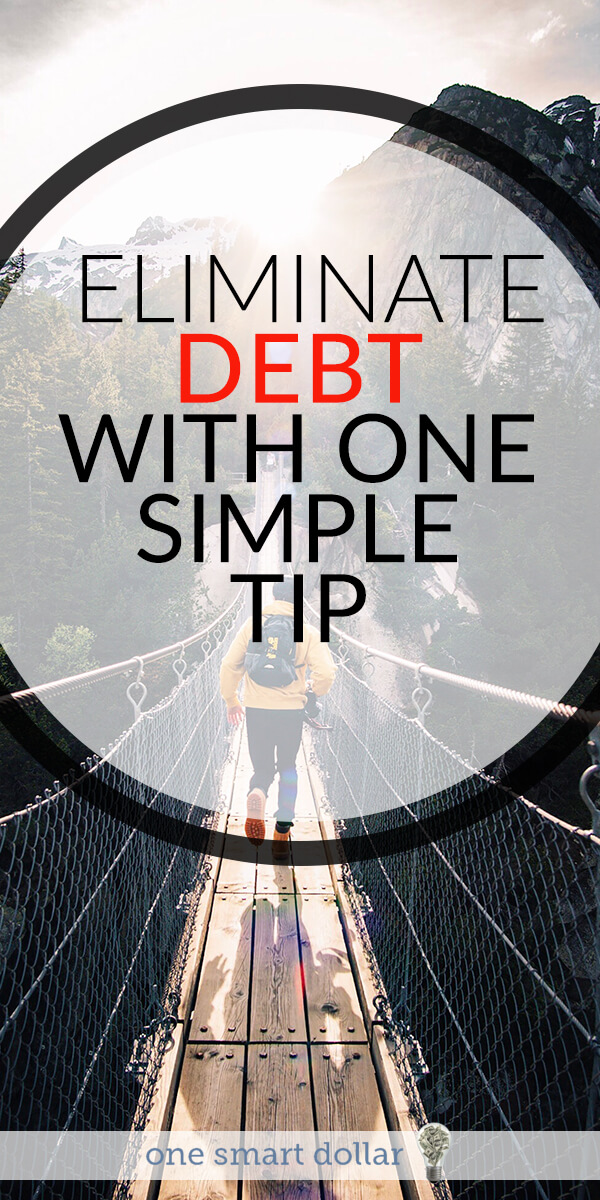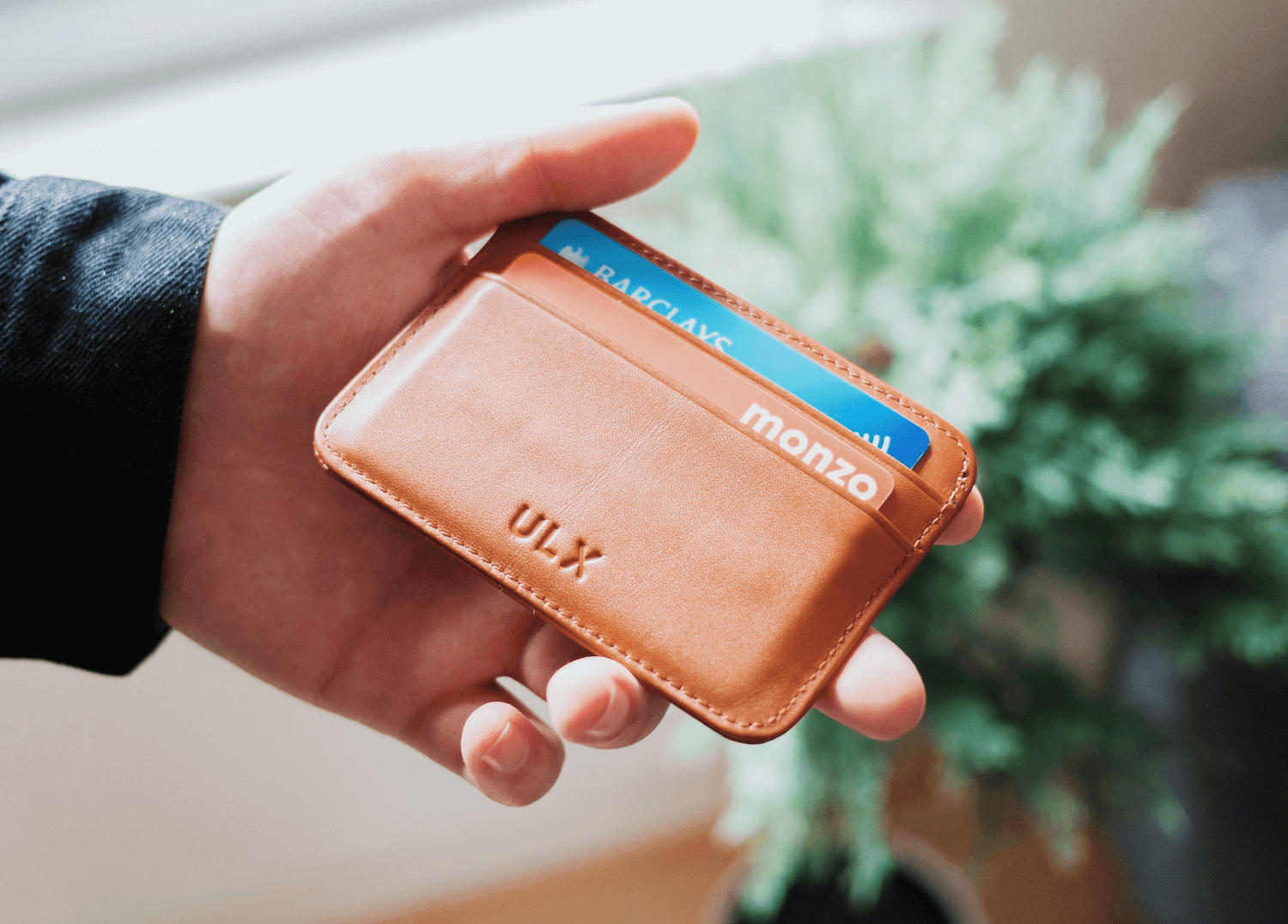Better Credit Means Better Terms and Faster to Debt Free
You’ve probably heard it before: there is good debt and there is bad debt. Good debt, such as a mortgage or student loans, help you pay for something that will increase your net worth. Bad debt, like credit cards, (usually) carries higher interest rates and only set you back financially.
One of the best ways to wipe out debt quickly is with a balance transfer to a 0% interest card. There’s only one problem: what if you aren’t able to get approved for one of those cards?
Here is what you need to know in order to get rid of your debt quickly.
Build, or Rebuild, Your Credit Score
Your ability to get a loan is based on your credit score. When your score is higher, you get the perks of the best interest rates and the best terms. If your score is too low, you may not even be approved for a card. Because our goal is to wipe out that credit card debt completely, you need to make sure your credit is outstanding.
Side note: If you need to check your credit score, I recommend using Credit Sesame. Not only is it free to use, but you can also set up credit monitoring.
Keep Old Cards Active
Credit history is one of the biggest factors in raising your score. Suppose you have two credit cards: one was opened 10 years ago and one was opened last year. If you close that 10-year-old card, your history now only shows one year.
Also Read: How To Get Your Credit Score Up Fast
Never Make a Late Payment
Making on-time payments is another big factor. Even if you can’t pay extra on the debt, always pay the minimum to ensure that you don’t have any late payment flags.
Get Help with Credit Repair
Repairing and rebuilding your credit is a daunting task! For many people, it isn’t something they want to try on their own. Instead, finding the right credit repair company to do the job is imperative.
Understanding a Balance Transfer Card
When your credit score has had a chance to grow, it’s time to start looking at balance transfer cards. Here are some general concepts to keep in mind.
Balance Transfer Fee
For those with good or excellent credit, the transfer fee may be waived as long as you initiate the transfer within the first month or two. If you have fair credit, you may pay 2% or 3% for the transfer (still far better than the 20% or more you’re currently paying).
Interest Free Period
With better credit, you enjoy a longer interest free period. Most of these cards offer at least 12 months, with some offering as much as 24 months with no interest accumulating. Ideally, at the end of the period, you will have paid off the debt.
Annual Fee
There are two reasons that a card will carry an annual fee. Many of them have fees if you are receiving perks. For instance, airline cards that offer a huge signup bonus and miles on each purchase will sometimes have a fee. The other reason is if you have fair credit, the card company is taking on more risk, so they offset their interest lost with an annual fee.
How Much Will You Save?
So the overall question is this. Will you actually save money by transferring your balance? The answer is almost always, “Yes!” How much you save will depend on how much you owe. Let’s take a quick look at the numbers.
For this scenario, we’ll assume you owe $20,000 on a card with 20% interest. You have built your credit back to a point where you can get a card that has 24 months of no interest, but it has a 3% balance transfer fee.
Also Read: Chase Slate Review: Free Balance Transfers
Making minimum payments ($400 per month), your debt will take about 9 years to pay off, and you will pay $23,360 in interest charges over the years. Total debt costs: $43,360.
Transferring the balance to a new card will cost $600, and your minimums will go up in order to pay it off over the next 24 months. Your new debt is $20,600 with a minimum payment of $858; saving you $22,760.
Transferring the balance to a new card, and still paying the $400 per month would still save you money. For the first two years, your entire payment goes toward paying down the principal before you are once again charged interest.
You start at $20,600; after two years your debt is $11,000; then over the next three years, you pay off that balance paying $3,837 in interest.
Total debt costs: $24,487 (nearly $20,000 less than without the transfer).
Build Your Credit to Wipe Out Debt
In nearly all scenarios you will find that you save a lot of money doing a balance transfer to a 0% interest card. Your first step is to get your credit score up. That way you’ll get great terms on your new card. Then make the commitment to wipe out that debt as quickly as you can.


